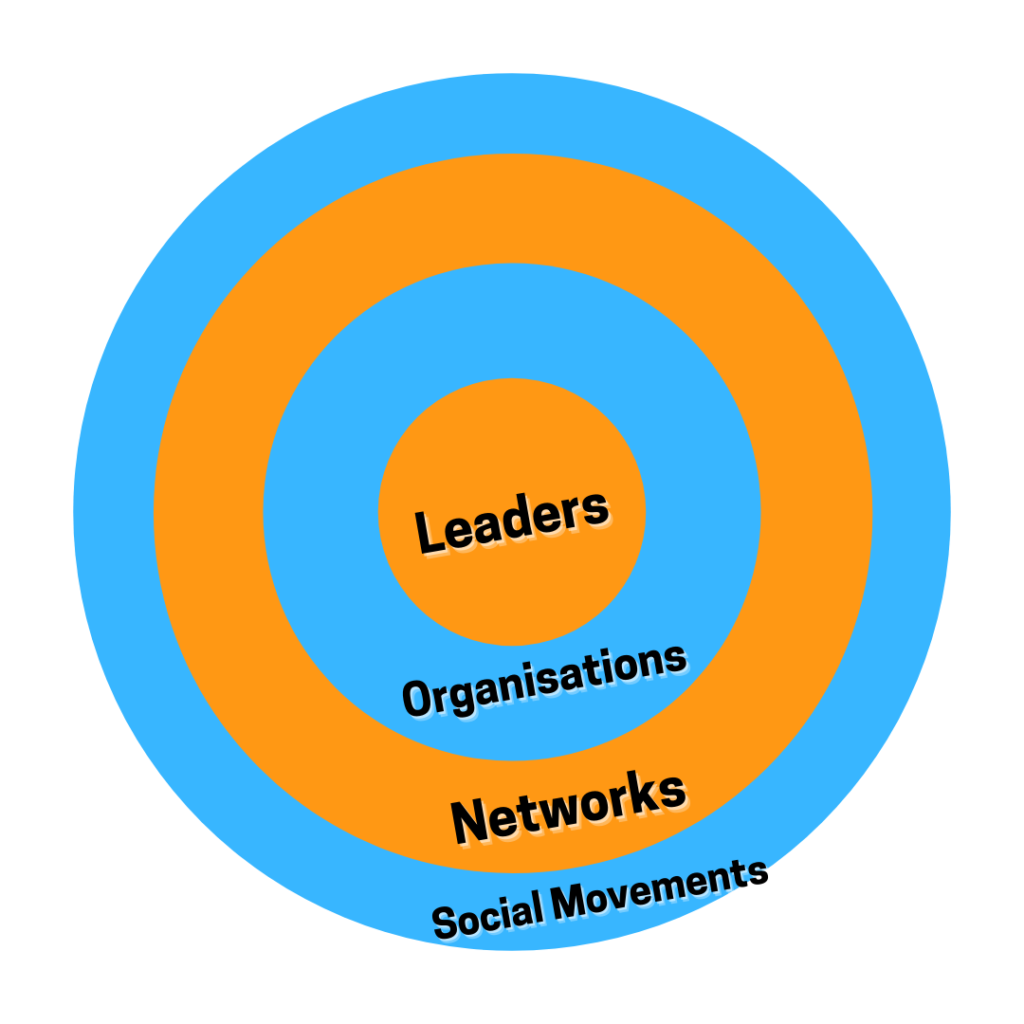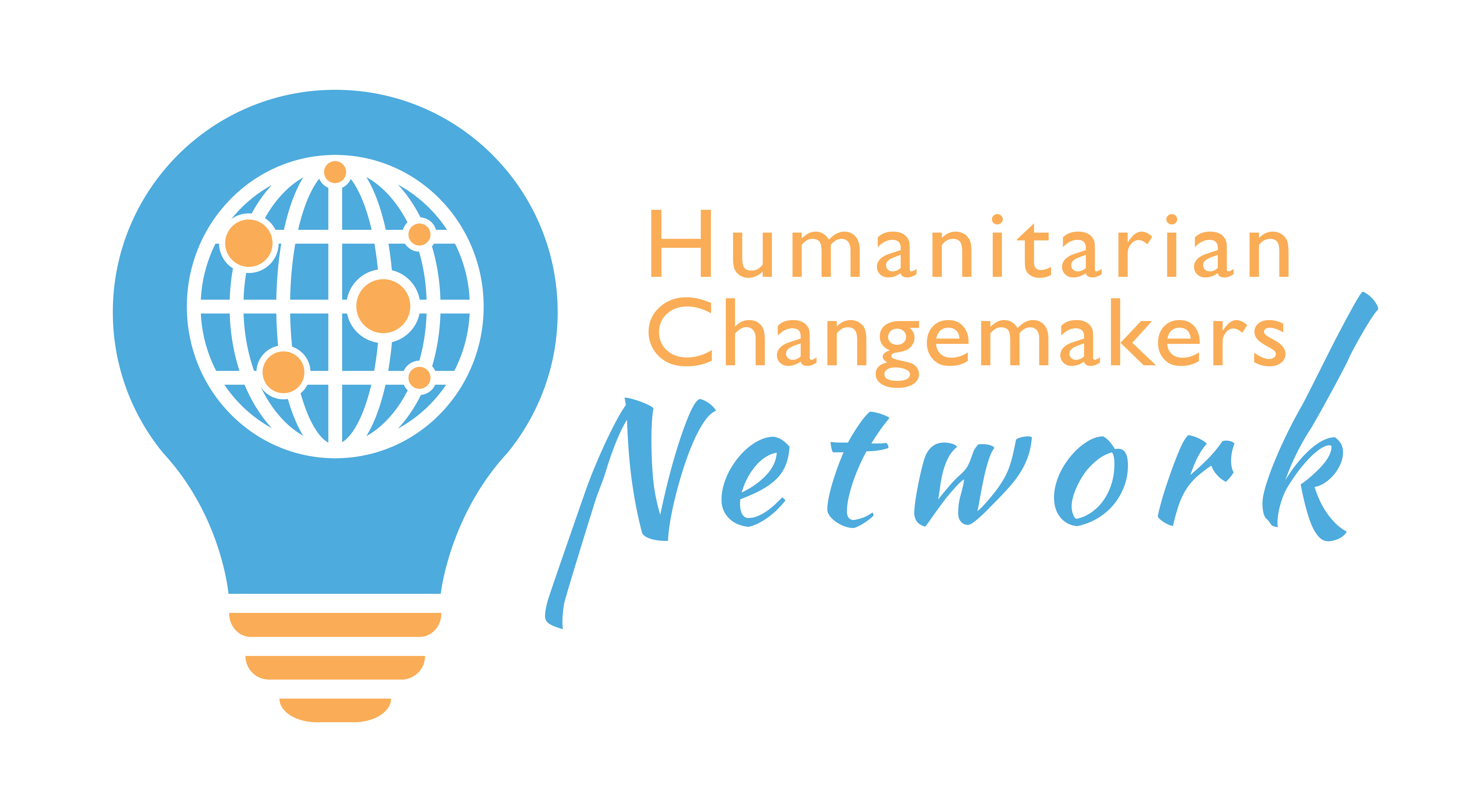Why we take a “Networked Approach” To Social Change
Believe it or not, the “Network” in our name, Humanitarian Changemakers Network was very intentional. While we often see our supporters and stakeholders as more of a community, we chose the name network because we believe in taking a networked approach to social change. And it’s not just something we advocate for within our own organisation— we think that all actors working to promote social chage should take a networked approach.
If you want to create social change, it’s important to take a networked approach. What does that mean? It means connecting with others who are working on similar issues, sharing resources, and supporting each other. Why is this important? First, it helps you reach more people. When you’re part of a network, you can share your work with a larger audience. Second, it makes you more effective. When you connect with others, you can learn from their experiences and expertise. Finally, it creates lasting change. When you build relationships with others, you create a community of people committed to making positive change. So if you’re looking to create social change, remember to take a networked approach.
Traditionally, in both sociological discourse and general discourse in the social change space, we typically categorise actors within the space into two categories. There’s those key actors within the space; big organisations that are leading the way, who we formally recognise as the leaders, and we tend to recognise the work that those leading the way are doing as isolated from one another, since each group has specific goals unique to other actors. One might be an activist group campaigning for specific policy, another an advocacy group that seeks to fundraise through their efforts, and another a development organisation that works with people directly affected by the issue. Then, everyone else that isn’t seen as one of these key actors leading the way are what make up the broader social movement. A social movement is an informal, loosely organised large group of people who still have an interest and what to see the same goals achieves as the leaders, but it is made up of general supporters, informal activist groups, and other stakeholders.

Recently, a newer model has been developed, which focuses on building stronger alliances for collaboration, and is much more effective at creating social change that this traditional model.
In 2010, the San Francisco-based Levi Strauss Foundation (LSF) launched a program called Pioneers in Justice, and this program proposed a unique theory of change, known as a networked approach to social change. It can be visualised as four concentric circles, with transformation happening at each level of this system: the inner core circle is the leaders, the circle surrounding that is their organisations, the next circle surrounding that is their networks, and finally the outermost circle is their larger social movements.

This approach can catalyse change by creating outward-looking actors that embrace collaboration, letting go of their own ego in service of a larger cause, ensuring members and supporters are aligned around “networked” approaches, and nurturing next-generation leaders.
Actors can build networks by facilitating collaboration between and across like-minded organisations or groups, working at the “intersections” of various issue areas, and transition to being more networked actors by sharing resources, ideas, and increasing their impact.
A networked approach understands that social change lives beyond the work of any single organisation, and even beyond the work of the key actors within the space. It requires everyone to marshall all the necessary resources, create a larger change vision and lead people towards that vision. This concept is so critical to changemakers who are often working with such limited resources. If instead of working to build and strengthen an organisation, changemakers worked to build networks, we could be much more effective at creating long-term social change.




